Since the passage of the Inflation Reduction Act (IRA) of 2022, the United States has experienced a big uptick in manufacturing across the solar supply chain, with an estimated 98 new solar and storage manufacturing facilities coming online and another 51 under active construction, according to the Solar Energy Industries Association (SEIA). As of June 2025, announced investments in US solar manufacturing totaled $45.8 billion since the IRA was enacted. Of those announced investments, about $9.1 billion are operational, $15.6 billion are under active construction, and another $21.1 billion are now under development.
Five facilities that recently achieved operation are Bila Solar, T1 Energy, ES Foundry, Heliene, and PV Hardware. Singapore’s Bila Solar makes ultra-lightweight solar modules at its Indianapolis facility, including its line of 550 W dual-glass conventional panels. T1 Energy plans to begin producing solar cells in the second half of 2026, and will target an output of 5 GW per year. ES Foundry, another of the few cell manufacturers active in the United States, plans to produce 1 GW annually, ramping up to 3 GW before the end of 2025. With the recent opening of Heliene’s Minnesota module factory, the company’s US module manufacturing capacity stands at 1.3 GW per year. PV Hardware is a tracker manufacturer that last year invested in a 50,000 square foot solar tracker facility in Houston, Texas.
Numbers are rising for both module and cell production in the United States. But there is still a mismatch, which becomes more apparent the further up the supply chain we look. SEIA estimates that module manufacturing capacity has jumped from 8 GW prior to passage of the IRA to 56.5 GW as of June, 2025, an increase of 700% (see chart). Announced cell production is so far just over 20 GW, with very little currently operational.
Budget bill
The OBBBA phases out incentives for solar power plants, including the domestic content bonus. While the bill keeps the 45X manufacturing tax credit intact, the onshoring of US solar manufacturing will nevertheless be harmed. Mike Carr, executive director of the Solar Energy Manufacturers for America (SEMA) Coalition, concurs. “In the One Big Beautiful Bill Act, Congress decided to rapidly phase out demand incentives – specifically the Domestic Content Bonus – for solar, making it exceedingly difficult for the United States to reshore the solar supply chain and compete with China.”
Though the 45X credits remain available, the OBBBA does make it more complicated for projects to qualify for them. This comes at a time when many companies are just beginning to ramp up domestic production. Carr told pv magazine that “US manufacturers planned billions of dollars of investments in states across the country on the commitment from Congress that these incentives would last, but after the passage of the OBBBA, that progress is at risk.”
To be eligible for the 45X advanced manufacturing credit under the OBBBA, from Dec. 31, 2026, components must be integrated into another eligible component within the same facility, then must be sold to an unrelated entity. Mick McDaniel, general manager of Bila Solar, said that he sees this legislation as bringing “real uncertainty” to manufacturers.
“The accelerated rollback of key tax incentives undercuts the long-term planning and investment stability that enabled companies like ours to expand production and create American jobs.”
Furthermore, the OBBBA and a subsequent executive order signed by President Donald Trump accelerates restrictions on incorporating components from foreign entities of concern (FEOC), with restrictions taking effect in the tax years beginning after July 4, 2025. Adhering to the FEOC rules is complicated and is based on what fraction of materials are not supplied by FEOC nations.
McDaniel said it’s the new FEOC rules that add more uncertainty to an already complex landscape.
“With final implementation guidance still months away, the solar industry is now navigating unclear risks and potential shifting interpretations, making it harder to plan with confidence.”
Moving forward
Passage of the OBBBA dealt a blow to the the US solar industry. However, many in the industry speak of the resilience of a sector that provides the fastest and lowest-cost form of energy added to the grid. Rodolfo Bitar, vice president of business development at PV Hardware USA, said in a statement that it continues its dedication to serving the solar market, “which has demonstrated its resilience in the past and remains a vital and growing part of the country’s energy sector.”
McDaniel echoed this sentiment, saying that while “the new law changes policy tailwinds to headwinds … we’ll adapt, we’ll press forward – and we’ll continue to play a key role to ensure energy independence and economic growth in the US.” Bitar concluded by saying that “similarly, our dedication to serving the US solar market is unchanged and is as strong as it was the day we opened our factory more than one year ago.”
With a one-year runway for developers to complete solar projects in order to be eligible for the domestic content bonus, US manufacturers will be full speed ahead with production. “Allies of advanced manufacturing secured a one-year lifeline for the domestic content incentive,” Carr said. “Projects that can meet the beginning of construction deadline by July 2026 will be critical to keep factories open and people employed as they deliver American-made solar for the next few years.”
This content is protected by copyright and may not be reused. If you want to cooperate with us and would like to reuse some of our content, please contact: editors@pv-magazine.com.

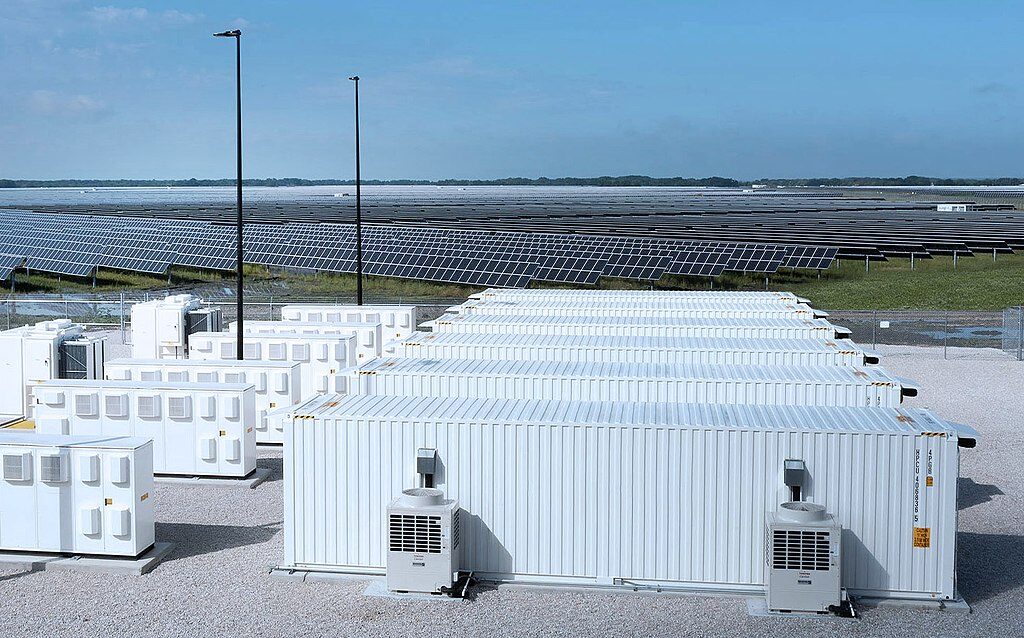



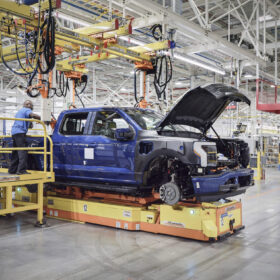
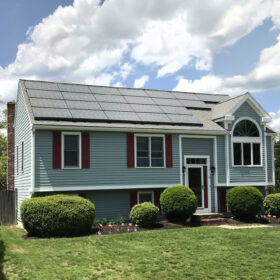
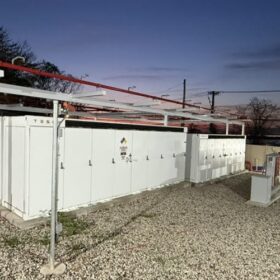
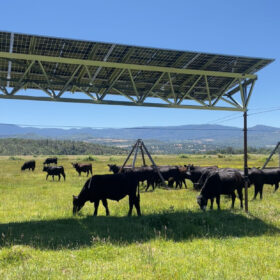
By submitting this form you agree to pv magazine using your data for the purposes of publishing your comment.
Your personal data will only be disclosed or otherwise transmitted to third parties for the purposes of spam filtering or if this is necessary for technical maintenance of the website. Any other transfer to third parties will not take place unless this is justified on the basis of applicable data protection regulations or if pv magazine is legally obliged to do so.
You may revoke this consent at any time with effect for the future, in which case your personal data will be deleted immediately. Otherwise, your data will be deleted if pv magazine has processed your request or the purpose of data storage is fulfilled.
Further information on data privacy can be found in our Data Protection Policy.